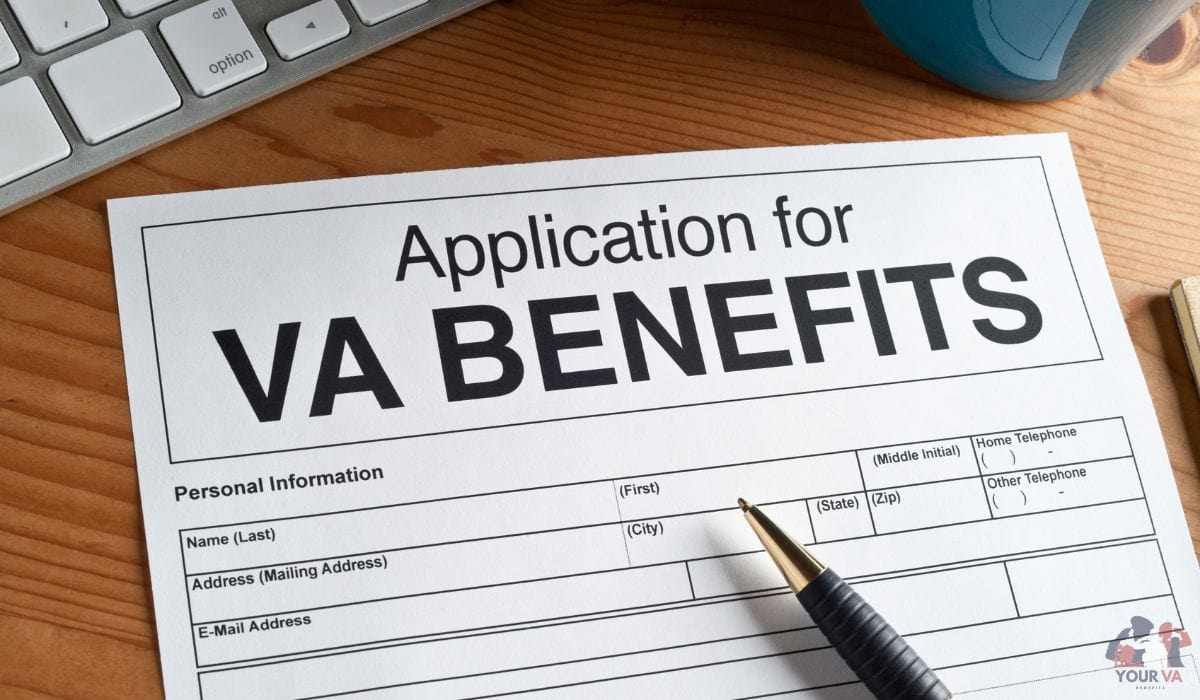More than two and a half million veterans and service members submit claims each year. But after clicking that final “submit” button, what exactly comes next?
What happens after VA claim submission isn’t always clear, and from our experience, that uncertainty can cause more stress than the paperwork itself.
This guide breaks down the entire VA claim process, step-by-step, from that first confirmation to receiving your decision letter. We’ll show you how to track your VA claim status, what each phase means, and what to expect along the way.
If you just tackled online VA disability claims, great job starting. For those new to the journey, our initial VA disability claims filing guide is essential reading. And once you know this process, watch for our next piece on avoiding common VA disability claim filing mistakes.
Key Points
- After submission, your VA disability claim is acknowledged within 72 hours with a confirmation and claim number.
- The VA then reviews your VA Form 21-526EZ, checks eligibility, and begins evidence gathering from various medical sources.
- A rating VSR and senior reviewer evaluate your file and assign a disability rating, which determines your monthly payments.
- You can track your VA claim status online through VA.gov to stay updated throughout the process.
- Common delays include missing documents or exam scheduling issues; appeals are available if your claim decision is unfavorable.
Step 1: VA Confirms Receipt of Your Claim (First 72 Hours)
Great news – your VA claim is officially in the system! Within about three business days, expect confirmation. The VA assigns a unique claim number immediately. You’ll get this number, plus an acknowledgment, via email or postal mail.
Seeing “Claim Received” online is your first official claim status update.
No confirmation after a week? Don’t panic, but do act. Check your spam folder thoroughly first. If it’s still missing, contact the VA promptly. Sometimes mail gets delayed, or an email address might have a typo.
Step 2: Initial Review & Evidence Gathering
Now the real work begins on their end. VA staff first check the basics. Did you submit the VA Form 21-526EZ correctly? Are you eligible based on your military service? This initial check happens quickly.
Next comes evidence gathering. This phase takes time. The VA aims to collect all the evidence related to your disability claim. What does that mean? Think military medical records from your active duty time.
It also includes VA medical records if you use VA health care. Don’t forget private medical records from your own doctors. The VA might even request supporting documents from other governmental agencies.
Expect a possible C&P exam. If the medical evidence provided isn’t enough (“acceptable clinical evidence”), the VA will schedule a Compensation & Pension (C&P) exam. A doctor will review your condition, often using a Disability Benefits Questionnaire (DBQ).
You can help! Found more medical records or have new evidence? Don’t wait. You can upload documents directly via VA.gov’s evidence upload portal proactively. Getting necessary evidence upfront speeds things up.
Want To Increase Your Rating?
Step 3: Decision Review & Disability Rating Assignment
After the VA finishes gathering your information, your claim moves into the “Pending Decision Approval” stage. This is where your case is reviewed for a final outcome. Two key people are involved here: a rating veterans service representative (VSR) and a senior reviewer.
They look over everything in your claim file and determine the next steps.
Here’s how this part works:
- The rating VSR reviews your medical records, service history, and all supporting documents.
- The senior reviewer double-checks the findings and finalizes your VA disability rating.
- The disability rating is based on how much your service-connected conditions affect your life and ability to work.
Once a decision is made, the VA sends out your decision letter.
You’ll see:
- A summary of what’s been approved or denied
- The percentage assigned to each condition
- The effective date of your benefits
- Information about your monthly payments
If approved, many veterans receive retroactive payments, especially if processing took longer than expected. These payments cover the gap between your claim received date and your approval date.
Want to know what those percentages really mean? Here’s how the VA do it: About disability ratings.
Step 4: Track Your VA Claim Status Online
You don’t have to wait for a letter in the mail to find out what’s going on with your claim. The easiest way to stay updated is by checking your VA claim status on VA.gov.
After signing in, you’ll see your current claim phase and past updates. Some of the most common statuses include:
Initial Review – your claim was just assigned
Evidence Gathering – the VA is collecting necessary evidence
Pending Decision Approval – a reviewer is finalizing your disability compensation
Claim Decision Sent – the VA has mailed your decision notice
Need help understanding what a certain update means? Or If your claim sits in the same phase too long, or a new issue appears? It’s okay to reach out to your veteran service representative.
You can also use:
- The VA mobile app for tracking and messaging
- A browser extension for quick access without logging in repeatedly
- Phone support via 1-800-827-1000 or in-person visits to a VA Regional Office
Common Delays & When to Take Action
Waiting longer than expected? It happens, and there are a few common reasons your VA claim might be stuck. Knowing when to be patient and when to speak up can save you a lot of stress.
Here are the usual culprits:
Missing documents that the VA needs to move your claim forward
Delays in scheduling medical examinations like C&P exams
Slowdowns at your veteran service organization (VSO) or VA representative’s office
If your claim has been sitting for weeks without an update, check your VA claim status first. Still no movement? That’s a good time to make a call.
Sometimes the decision comes back, but it’s not what you expected. If your disability rating feels too low or your claim was denied entirely, filing a veterans appeals request could be the next step.
Final Thoughts
Filing a VA disability claim is a big first step, but knowing what comes next helps you stay prepared.
Each phase has its own purpose, and understanding the process can keep things moving without added frustration. If you ever feel stuck, check your claim status, talk to your veteran service representative, and don’t hesitate to ask questions. For more tools, tips, and next steps, explore the rest of our site or head back to the homepage.






